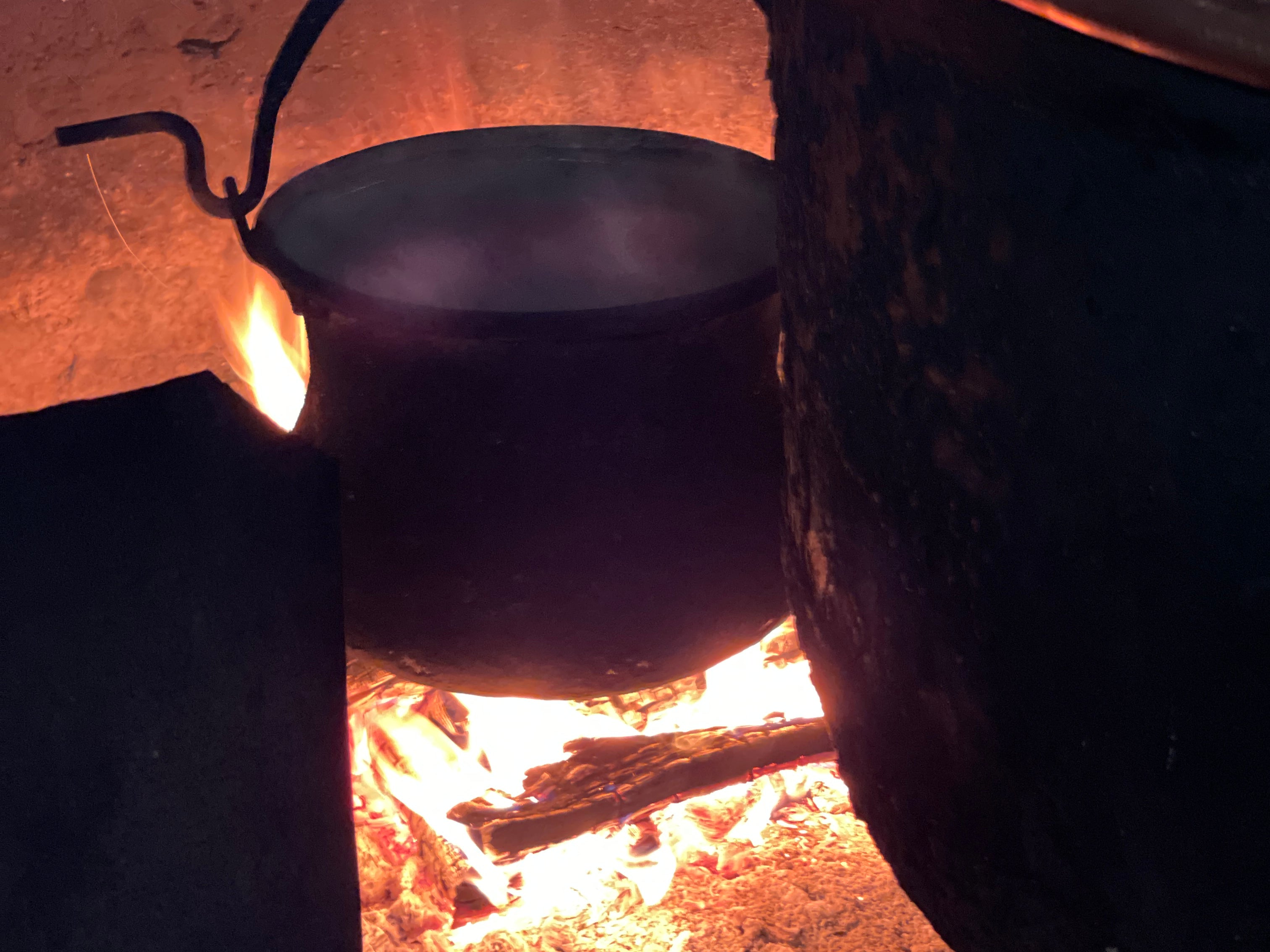
It is well understood these days that milk quality changes throughout the year depending on what animals are eating.
In Summer, animals are grazing on lush and fresh pastures all day long.
In Winter, animals are spending more time in stables, fed with dry hay, various grains and some protein complements. Hay is really good to feed to cattle in cold weather as the rumination of fibrous, bulky feed also produces heat as a by-product that helps to keep the animal warm.
The cheese will be a reflection of the season the milk is coming from.
In the olden days, whether you lived in or near major cities, or lost in the middle of nowhere at high altitude, your environment would dictate what you would be able to find at any given time.
People living at high altitude were very much reliant on the cheeses to sustain their lives during the harsh 6 month of snowy weather, when access to neighbouring towns or villages was impossible.
Alpine cheeses and their sheer sizes and types were born out of that necessity.
A Gruyère for example weighs around 37kg, requiring 400 litres of milk for its making.
Its curd is heated in order to get rid of as much moisture as possible. It also helps the cheese being aged for a longer period of time as a result.
It is stable for much longer than fresh cheese. While you can typically purchase Gruyère at any time of year, real Swiss Gruyère, (that is, Le Gruyère AOP) is only ever made with summer milk as a matter of practice, when herds are allowed to free graze on high Alpine pastures, and may consume not only grasses, but berries, nuts and even wild onion and garlic, which give the milk and resulting cheese a deep complexity of flavour.
The colour of a summer Gruyère is golden yellow compare to much paler when the cheese is made in winter. The winter Gruyère would have a higher fat content due to the animal being fed hay and grains.
Some cheeses, like Vacherin Mont d’Or, are also Alpine cheeses that are made in the winter, taking advantage of the higher fat content of hay-fed animals. It contributes to a cheese that is especially rich and gooey. Because Vacherin Mont d’Or is a young cheese, without the same kind of shelf life as its firmer Alpine cousins, it is only available for a short amount of time from October to December and March.
Alpine cheeses are the ultimate enjoyment during winter, as their meltability is extremely satisfying.
What is better than cheese?
Melted cheese.
Never be too scared to add semi-hard cheeses in any winter warmer types of food.
Good in toasties, on top of potatoe bakes, in risotto or in pasta. A simple raclette under a grill and drizzled on boiled potatoes with charcuterie...
Your imagination is the limit.
HAPPY WINTER!

Comments (0)
Back to What's Happening in our World of Cheese